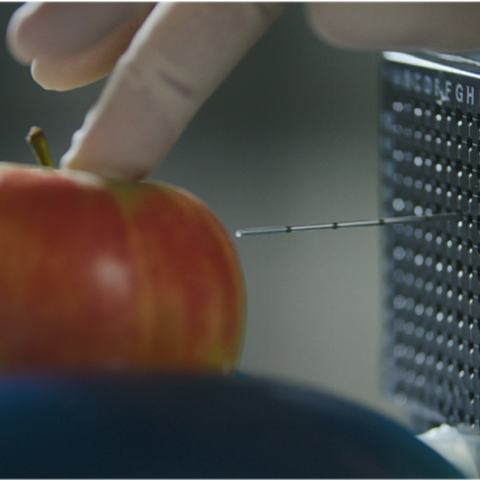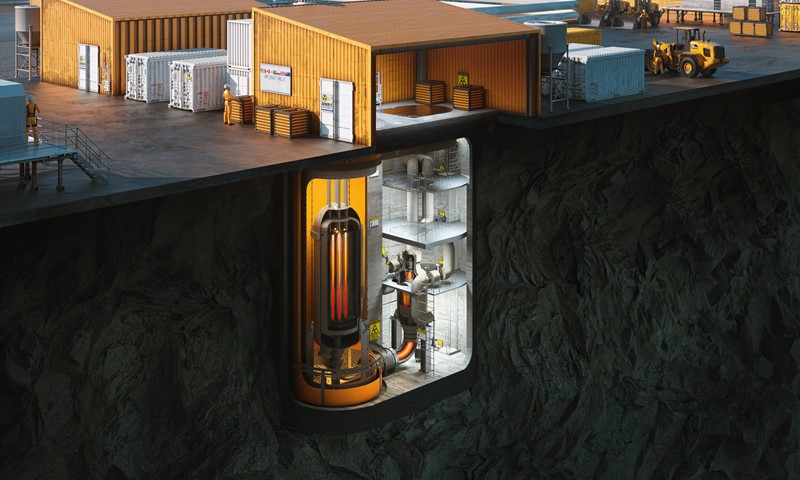NRG PALLAS. Nuclear for Life.
- Pioneering research into medicines
- 30.000 patients a day
- Climate neutral energy
Latest News
Every day, around 30,000 people benefit from medical examinations thanks to molybdenum-99. This remarkable substance plays a major role in nuclear medicine. But what exactly is molybdenum-99, and what does it mean for hospitals and patients? We’re happy to explain.
Ultra Safe Nuclear Corporation (USNC) announces that it has begun working with the Nuclear Research & Consultancy Group (NRG) from the Netherlands. NRG will implement a program to analyze performance and safety attributes of the company’s proprietary Fully Ceramic Microencapsulated (FCMTM) fuel designed for use in its Micro Modular ReactorTM (MMRTM).

Advancing Nuclear Medicine
NRG PALLAS develops, radiates and ensures worldwide distribution of nuclear medicines.
We are the global market leader in producing nuclear isotopes (medical isotopes). Every day, more than 30,000 patients worldwide depend on our medical substances for their treatment. These medical isotopes are used for medical imaging techniques (PET and SPECT scans). Doctors then use them in the treatment of cancer and heart and vascular disease for example.
Ensuring Nuclear Performance
Safe, reliable and efficient nuclear technology.
Objective expertise. We can provide independent proof that an installation and process is in order. We guarantee nuclear top performance. Based on our knowledge and experience, we use nuclear solutions for people and the planet.

Our Facilities
At the Energy & Health Campus in Petten, we have a unique combination of nuclear installations.

30,000 patients a day
Our reactor in Petten is responsible for producing 35% of all medical isotopes worldwide and for 65% in Europe. This makes our reactor in Petten the biggest producer and supplier of isotopes in the world. With the development of isotopes from Petten, we help 30,000 people a day have a better life. This might be by detecting and treating cancer or for other disorders.
Visit our website 30000perdag.nl where we will be happy to tell you more.
Discover
Curious about all the facts and Fiction about Nuclear Energy?
Our 700 innovative and motivated employees are working towards a cancer-free world and a climate neutral energy supply.


